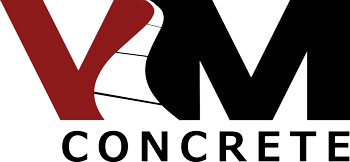Concrete pouring in the modern times, construction quality can be directly correlated with concrete quality. When it comes to laying down a strong foundation for a house or a commercial project, concrete plays a huge role. But it is not always about how good or strong concrete is. The way it is delivered to the area also has a huge say in the stability, finish and quality of the construction.
Different Stages of Concrete Pouring
A concrete contractor may use different methods for concrete pouring depending on the project and area, but the stages mostly remain the same:
- Concrete pouring involves different stages. The first stage involves the preparation of the area where concrete needs to be installed. Structures like trees, hedges, bushes, stones etc. need to be removed as part of the first stage.
- The next stage involves the setting up of forms and stakes. This stage is called forming and it is crucial for the overall process.
- In the third stage, there can be a variation in technique when it comes to concrete delivery to the site. The most basic technique for concrete delivery is called chute delivery, in which, the truck is brought to the site and concrete is directly poured over the forms. The second technique is called concrete pumping, and it is mostly used in cases where concrete work needs to be delivered at a height.
- Regardless of the method used (pumping or chute delivery), the concrete needs to be smoothened at timely intervals to prevent the formation of air pockets. These air pockets can weaken the construction, so smoothening becomes very important.
- Next, the concrete contractor focusses on making the entire structure uniform by levelling the raised edges. In some cases, a large board is used to make the concrete compact.
- The penultimate stage is called finishing. In this stage, the concrete contractor applies the finish chosen by the customer. Some examples of popular concrete finishes are smooth trowel and stamped.
- One of the most underrated yet vital stages of concrete pouring is called curing. As the concrete rests, it is important that it is not disturbed by any external element. The best concrete contractors like VM-Concrete also apply an additional curing compound to prevent crack formation on the structure.
At VM-Concrete, we are extremely careful about the quality of our construction projects. Not only we use the best quality concrete, but also implement tried-and-tested concrete pouring methods to ensure the best results.

